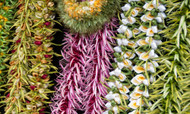8 Unique Cultural Experiences You Must Do in Fiji
Posted by Maris on 12th Dec 2023
Fiji is renowned for its white sand beaches and gorgeous blue waters, but what really sets it apart as a top vacation spot is the people—the Fijians are renowned for being incredibly amiable and for their distinct culture. Here are eight ways to immerse yourself in Fijian culture while visiting the country for a vacation.
Lovo
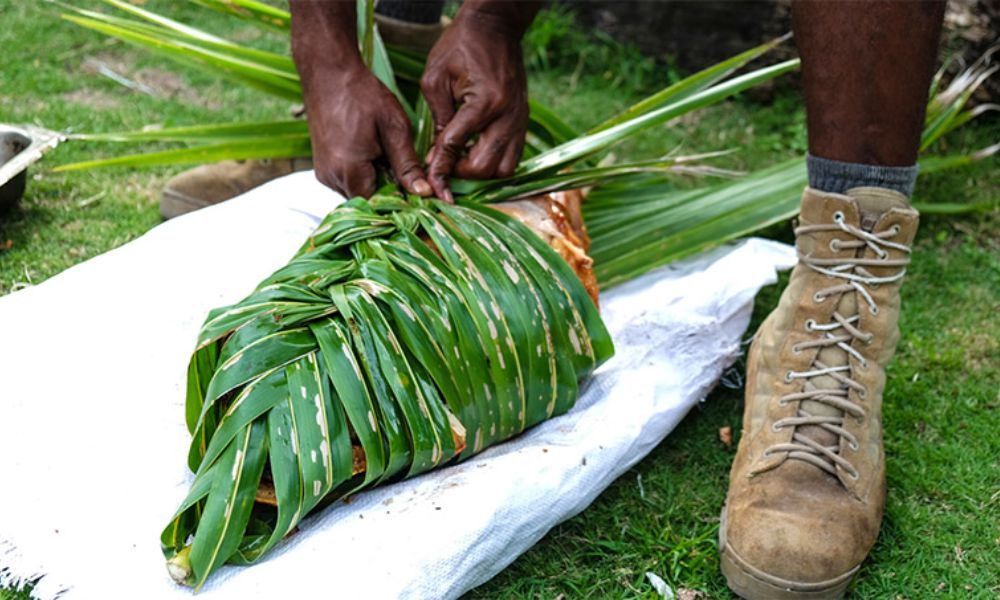
Participating in the national favorite activity, dining, is the epitome of what it means to be Fijian. A communal lovo is a traditional cooking practice where men care to the fire and cooking while women prepare the food, usually saved for special occasions. Meat, fish, and root vegetables like taro are cooked slowly over several hours on white-hot stones in a hole covered in leaves and earth. A delicious, smokey feast is the end result. This cooking method is part of a weekly ritual that involves traditional singing and dance in many resorts (and towns).
Firewalking
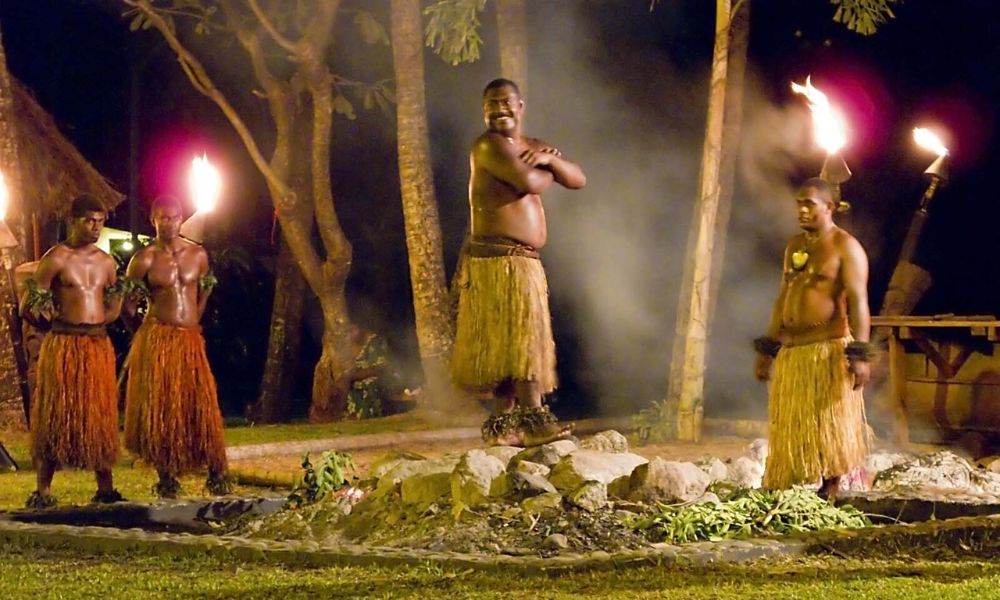
The firewalking ceremony is a remarkable cultural tradition in Fiji that is exclusive to the Sawau tribe's descendants from Beqa island. According to legend, this power was bestowed upon an ancestor who successfully captured and released a ghost. The discipline and preparation required to carry out this event have been refined over ages, and it is frequently a test of bravery or a rite of passage for the village's young men. You can witness the islanders executing this accomplishment outside of the Beqa village setting at resorts on Beqa Island, in the vicinity of Pacific Harbour, and in some areas of the Coral Coast.
Meke (Traditional dance)

Men and women from Fiji perform the traditional dance known as meke, which uses music and dance to convey tales. Men often move in a powerful, masculine manner, whereas women move in a more delicate, feminine manner. Clubs, spears, and fans are occasionally used by both factions to accentuate their moves. If you don't see a meke ensemble performing once a week at most resorts, you can check out the Fiji Culture Village, which is located outside of Nadi town.

Kava
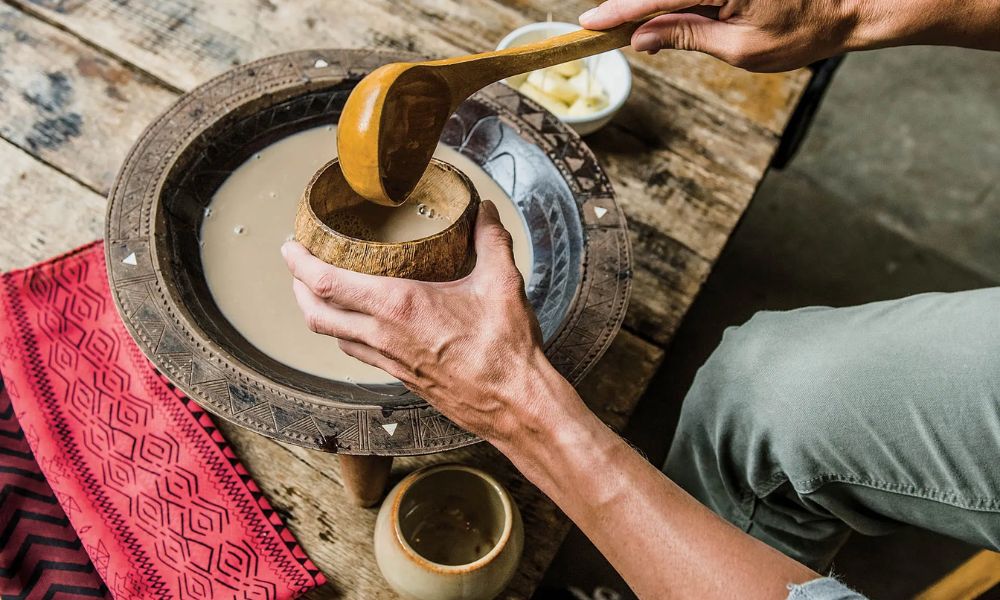
Like Bula, kava is a native to Fiji, and most resorts there invite visitors to partake in kava ceremonies. However, be advised that it has minor sedative properties and can be an acquired taste. This earthy beverage is served in a huge communal bowl and is created from the dried and ground roots of a particular variety of pepper plant, to which water is added after. In Fiji, kava is used both ceremonially and casually. You will undoubtedly participate in a kava ceremony as part of the isevusevu if you go on a village tour. It is customary to welcome your hosts, sit cross-legged on the floor, and clap three times once you finish your drink.
Village visit
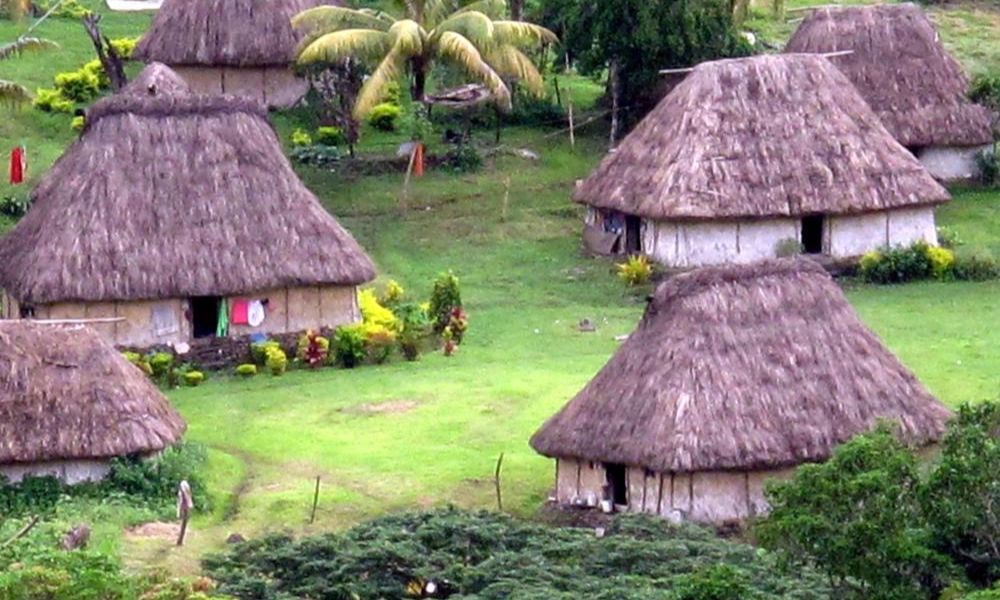
Nothing compares to visiting a village or staying in a homestay where you may observe a communal way of life to gain insight into the true Fiji. Many towns are in isolated areas encircled by wildness, thus getting there can require a boat or a 4WD. A meke, a kava ceremony, and a visit to a school are frequently included on village tours, allowing you to experience some of Fiji's most important cultural events all at once. Numerous tour companies pick people up from resorts and conduct daily village visits.
Traditional sailing
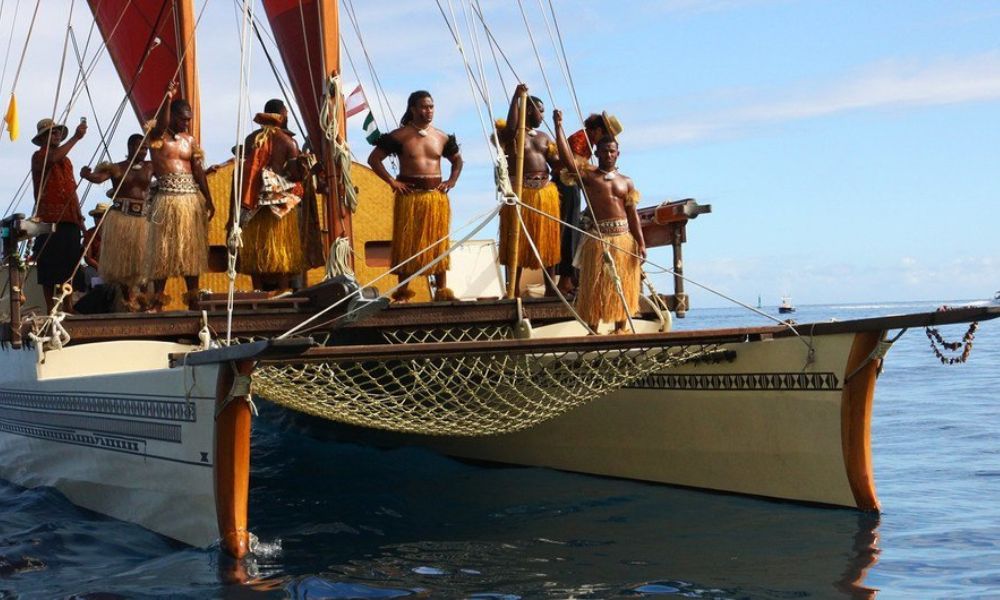
Drua, or traditional double-hulled canoes, were utilized by the Fijians for island-hopping long ago. The drua, some of the best boats ever constructed in the South Pacific, were originally employed as war canoes, carrying up to 200 fighters at up to 30 km/h to the fight. When more contemporary options became available, they became obsolete. Replica of the last surviving drua, The Drua Experience sails itineraries where you can swim at rest stations, take a turn navigating the boat, and discover tales of ancient seafaring over a cup of kava. Off the east coast of Viti Levu, at Leleuvia Island Resort, you can also learn how to sail a scaled-down version of these classic sailing vessels.
Bilibili
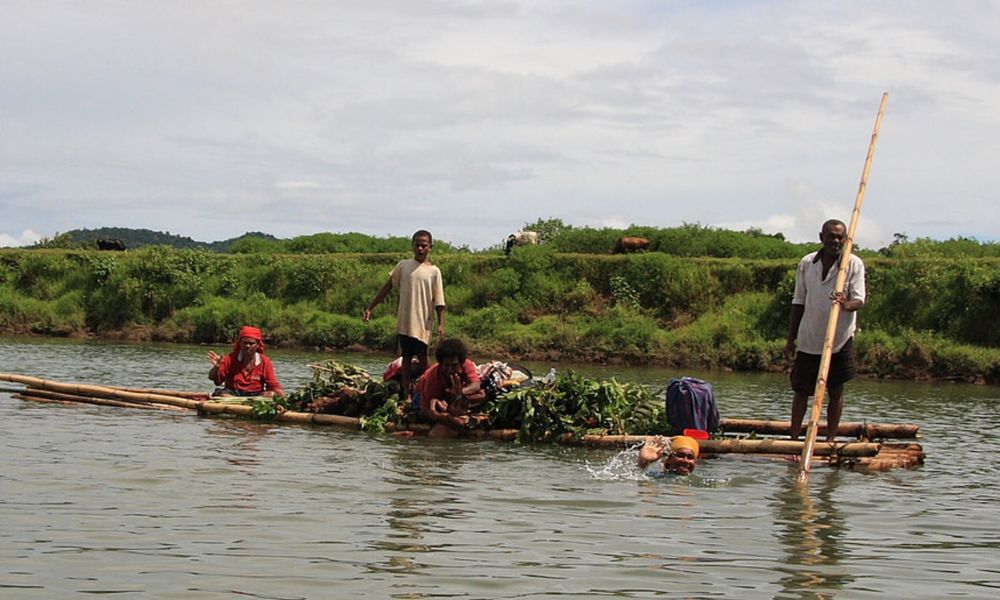
Many Fijians are skilled navigators and sailors, but they also know a thing or two about navigating down rivers. In the interior of Fiji's larger islands, villagers go fishing or transport produce on rafts known as bilibili, which are formed of bamboo poles tied together with traditional rope and guided by a long bamboo pole. Discover Fiji offers rides on the Navua River near Pacific Harbour, while the Namosi Eco Retreat in Viti Levu's interior teaches you how to create one.
Bobo
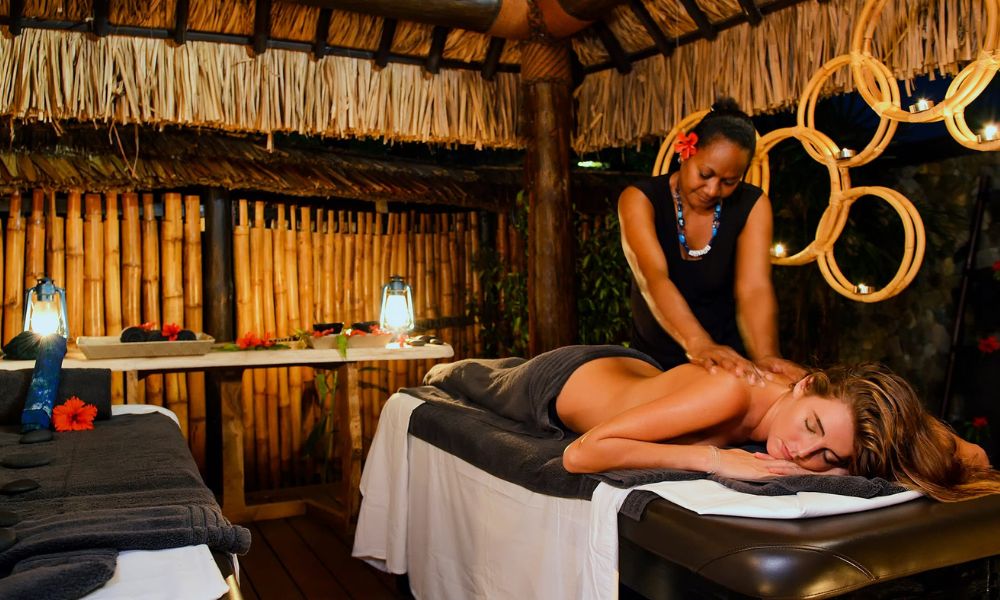
You certainly must not miss the traditional deep tissue "Bobo" (massage) if you're looking to treat yourself to some spa treatments while in Fiji. Traditional massage techniques like "Bobo" are used to relieve certain aches and pains or to help people relax. Your masseuse will use their fingertips, forearms, and elbows to perform a series of long, forceful strokes that will increase circulation, release tension, and relax your muscles. They will also utilize local oils to knead the most difficult knots. For the ultimate luxury, pair this hour-long massage with a revitalizing facial.

